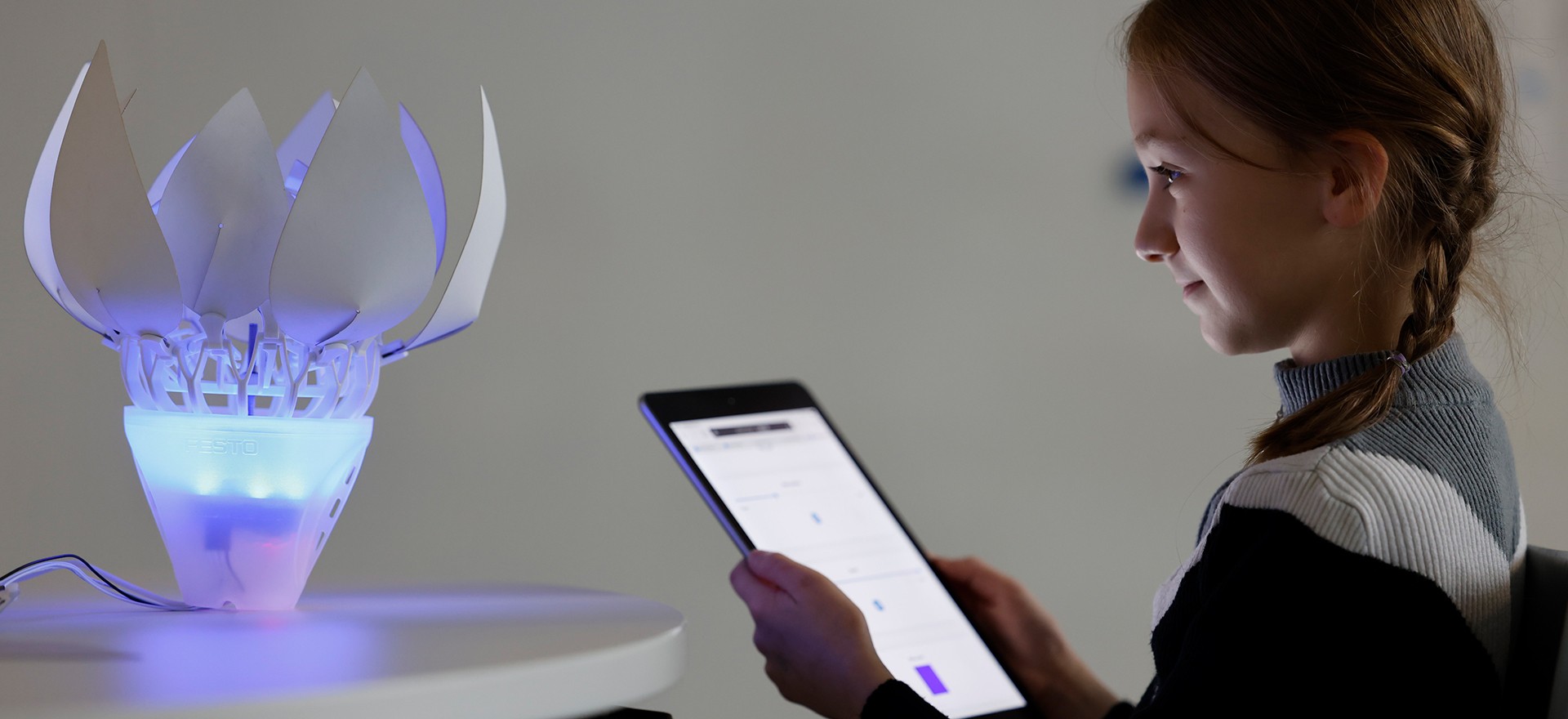

Software solutions are finding their way into our lives more and more. Products are becoming more and more intelligent, for example, by being equipped with smart sensors that can be used to collect data. At the same time, private life as well as collaboration at work (IoT - Internet of Things, Industry 4.0) or at school is becoming more and more networked.
To this end, digital platforms including collaboration and communication tools are being integrated. This makes it all the more important to use smartphones, tablets, etc. responsibly, but also to handle personal data and social networks.
At the same time, it is necessary to constantly acquire new digital skills in order to keep up with the digital world and digital technologies. Lifelong learning – what goes along with digital literacy - should be developed from school to old age and be constantly updated
Digital literacy means having the skills you need to live, learn, and work in a society where communication and access to information is increasingly through digital technologies like internet platforms, social media, and mobile devices.
Learning how to navigate the digital, connected world - an example of this is to be able to operate some of our STEM and bionics products, you need a mobile device such as tablets or smartphones. Finally, the control is done by means of a mobile hotspot of the integrated microcontroller. So herewith digital skills at school are perfectly addressed.
Students use digital tools, such as building instructions using 3D animations, augmented reality, and also learn how to code by using microcontrollers and graphical programming interfaces. Means the leaning process is supported by modernsoftware tools, like simulation, Virtual and Augmented Reality.
The students' digital skills, such as the use of digital media and tools, can also be effectively addressed in technology lessons.
For example, students can design their own components online using an open source online CAD environment called Onshape and then manufacture them using a 3D printer or laser cutter. This fosters young people's maker-mind set as well.
Many of Festo’s STEM products come with Microcontrollers, enabling students to explore programming and networking with the interesting example of the bio-inspired robots.
In order to promote their own competencies at an early stage, we want to inspire here youngsters - to realize their own ideas and become creative. This not only strengthens digital competencies, but goes hand in hand with the so-called 21st century skills.
Accompanying teaching and learning materials are available online – e.g. on Festo LX – our Learning Experience Platform.
Festo’s STEM solution is equipped with extensive Curricula, covering the theory as well as guiding the students through their practical tasks. Almost all courses are available in digital format as a multimedia course on our learning platform Festo Learning Experience (LX). Access to the STEM courses is free after registration, however we recommend to acquire an school account to achieve best performance, e.g. assigning courses to the students and monitor their progress. So, LX offers the teacher the possibility to customize the courses with minimal effort, e.g. removing single modules or add some.
Due to the increased use of various collaboration and communication platforms, Corona Pandemie made it even clearer that many of the materials and information must also be available online and as Open Education Resources in order to enable students to learn at home.
core range